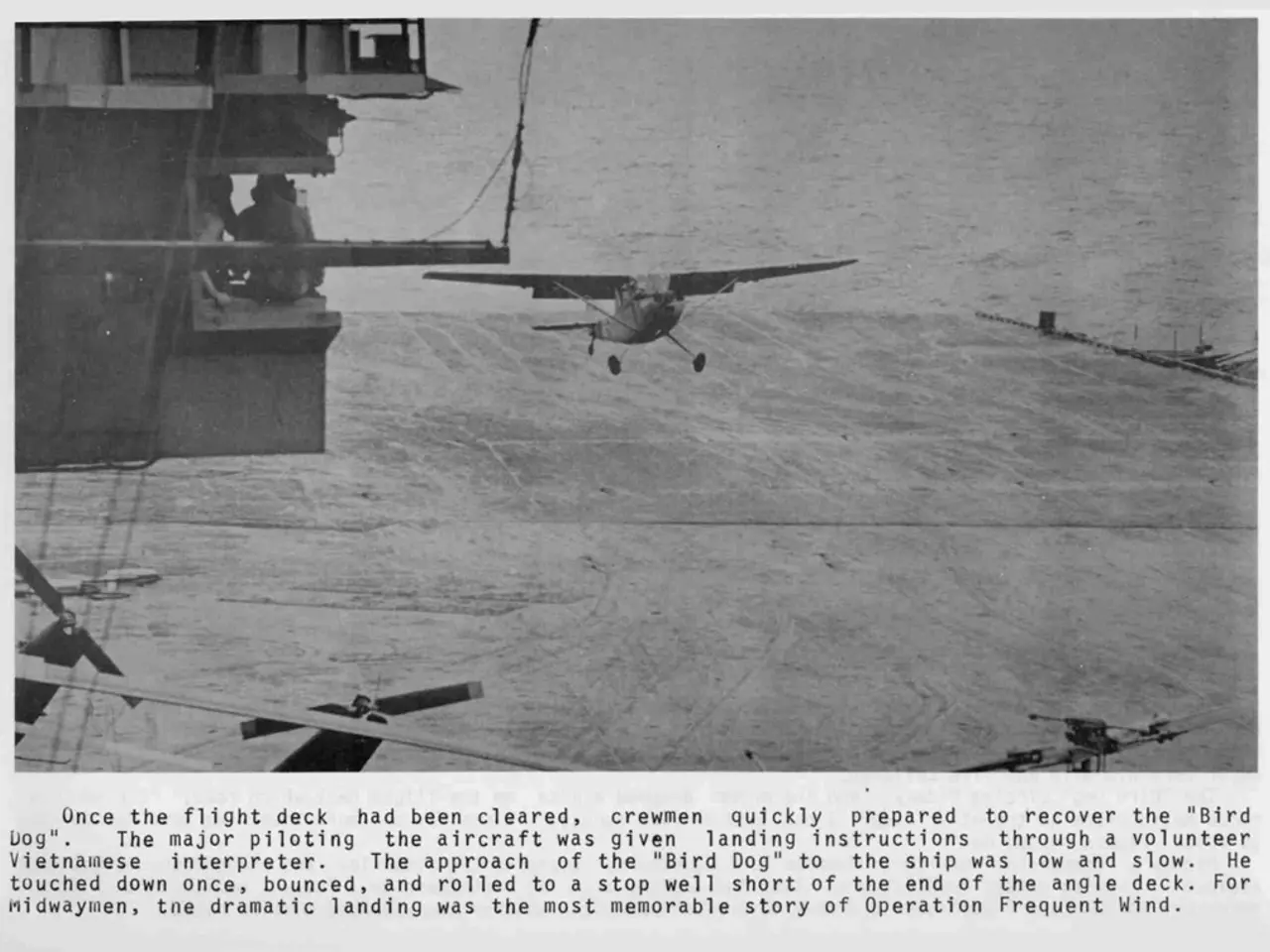Hamas's proposed truce terms, as per Netanyahu, are deemed unacceptable.
The United States, Qatar, and Egypt are acting as mediators in indirect negotiations for a ceasefire in the ongoing conflict between Israel and Hamas, which has lasted for 21 months. According to recent reports, US President Trump has stated that a deal could be reached next week, with Israeli Prime Minister Netanyahu due to meet Trump at the White House on Monday.
Hamas has outlined several key demands for the proposed ceasefire, which fundamentally differ from Israel's position. One of Hamas's main demands is for the United Nations to take over the humanitarian aid delivery system in Gaza, rejecting the involvement of the Israel and U.S.-backed Gaza Humanitarian Fund. Israel, on the other hand, supports the continuation of the current aid delivery mechanisms.
Another demand from Hamas is the withdrawal of the Israel Defense Forces (IDF) to the boundaries held before the ceasefire collapsed last March. Israel has refused to accept this condition, as they seek to maintain their current military positions.
The ceasefire proposal, as currently framed, includes a 60-day truce with indirect negotiations between Hamas and Israel to discuss terms for a permanent end to the war. If further time is needed, the U.S., Qatar, and Egypt are committed to potentially extending the ceasefire.
In the meantime, thousands of people in Israel have demanded the release of all hostages still held by Islamists in the Gaza Strip. Unfortunately, the bodies of 28 abducted persons are still in Gaza, and the resumption of indirect talks is an important step towards a possible ceasefire.
However, the differences between Hamas's demands and Israel's position remain key obstacles in finalizing the ceasefire agreement. In summary, Hamas seeks for the UN to run aid delivery exclusively, with no involvement of the US/Israel-backed fund, and for the IDF to withdraw to pre-March ceasefire boundaries. Israel, on the other hand, maintains the current aid delivery system and refuses withdrawal to previous lines.
Recent incidents, such as an attack on a food distribution center by the Gaza Humanitarian Foundation (GHF), have also added complexity to the negotiations. Two American helpers of the GHF were injured in the attack, which the US Department of State blames on Hamas. The GHF began its work after a months-long blockade of aid deliveries by Israel.
UN aid organizations do not work with the GHF, criticizing the foundation for operating too few distribution centers and exposing people to great dangers. Despite these challenges, Hamas has reportedly agreed to the proposal in principle but has some clarifications regarding three points.
As the negotiations continue, the international community hopes for a peaceful resolution to the conflict and the release of all hostages still being held in the Gaza Strip. The proposed ceasefire, if agreed upon, would mark an important step towards lasting peace in the region.
- The disagreement between Hamas and Israel, particularly over the management of humanitarian aid in Gaza and the withdrawal of Israeli forces, presents significant challenges in finalizing the ceasefire agreement, as Hamas demands the United Nations to take over the system while Israel prefers the current mechanisms.
- Amidst ongoing political complexities, such as the attack on a food distribution center by the Gaza Humanitarian Foundation and the US Department of State's allegations against Hamas for the incident, international diplomacy, led by the United States, Qatar, and Egypt, is hoping to broker a peaceful resolution to the war-and-conflicts between Israel and Hamas, which includes a 60-day truce and general-news discussions for a permanent end to hostilities.








